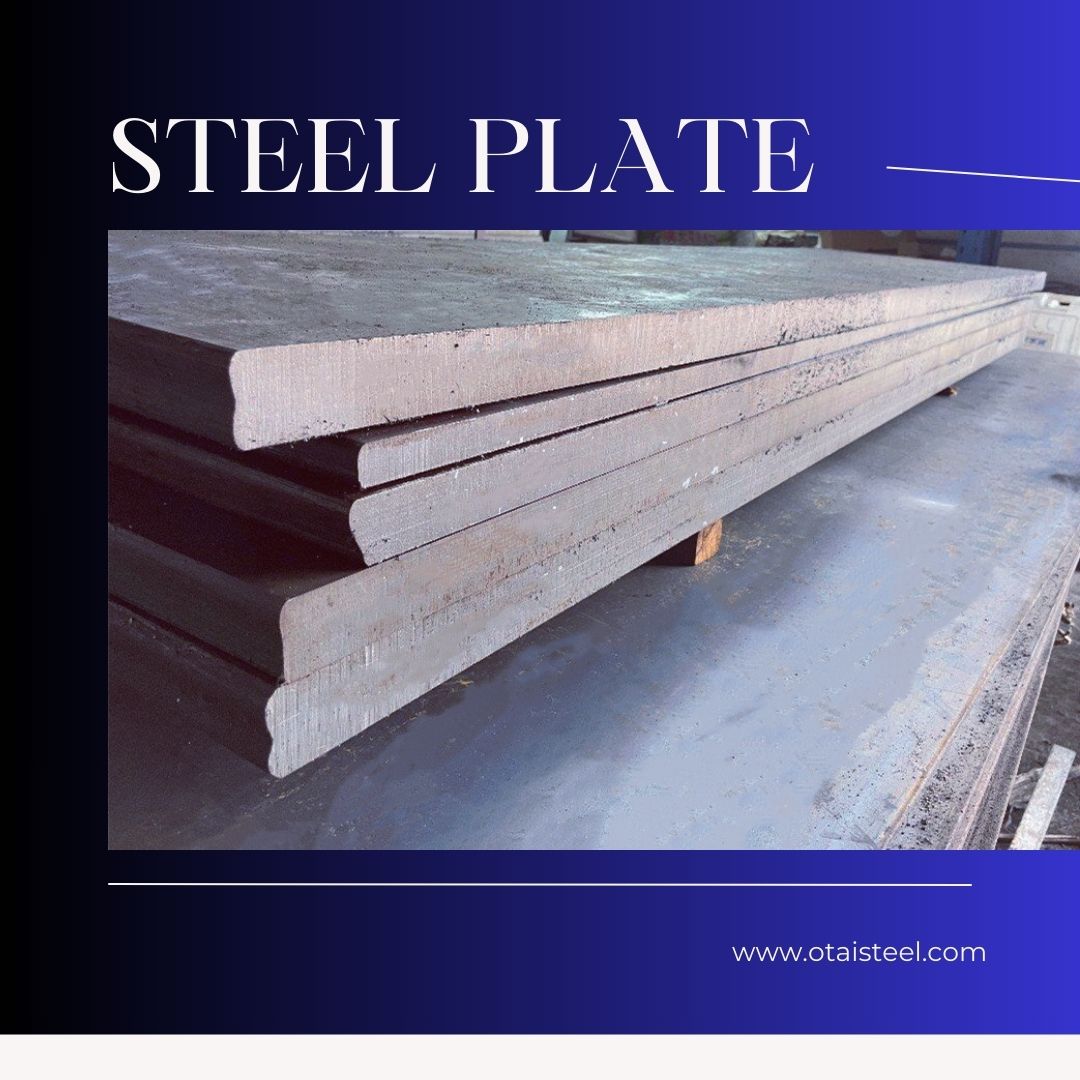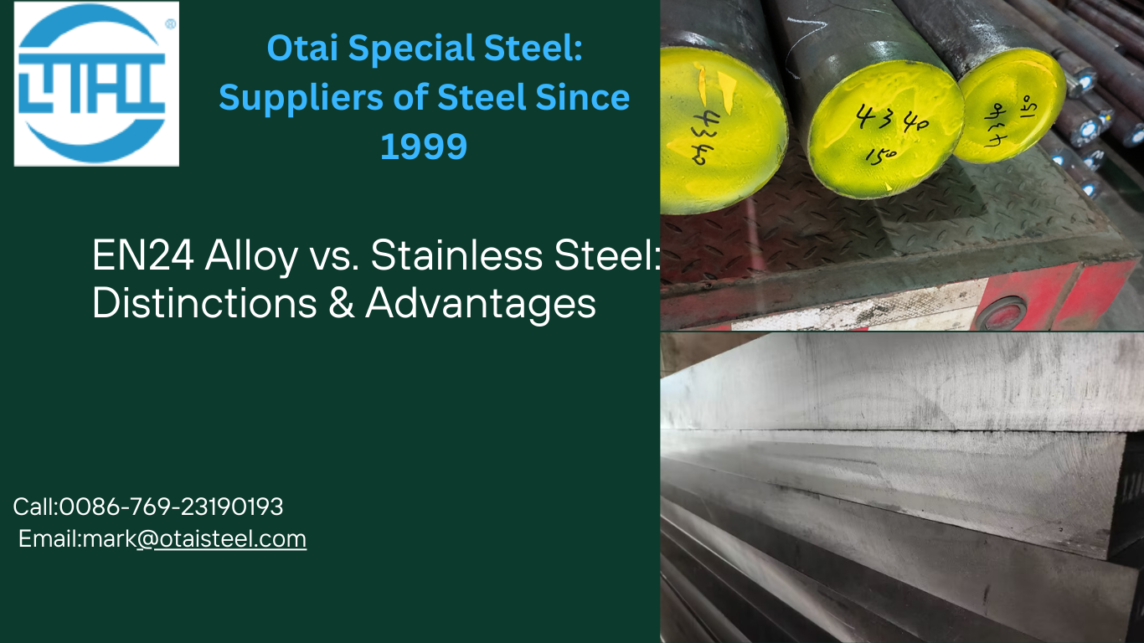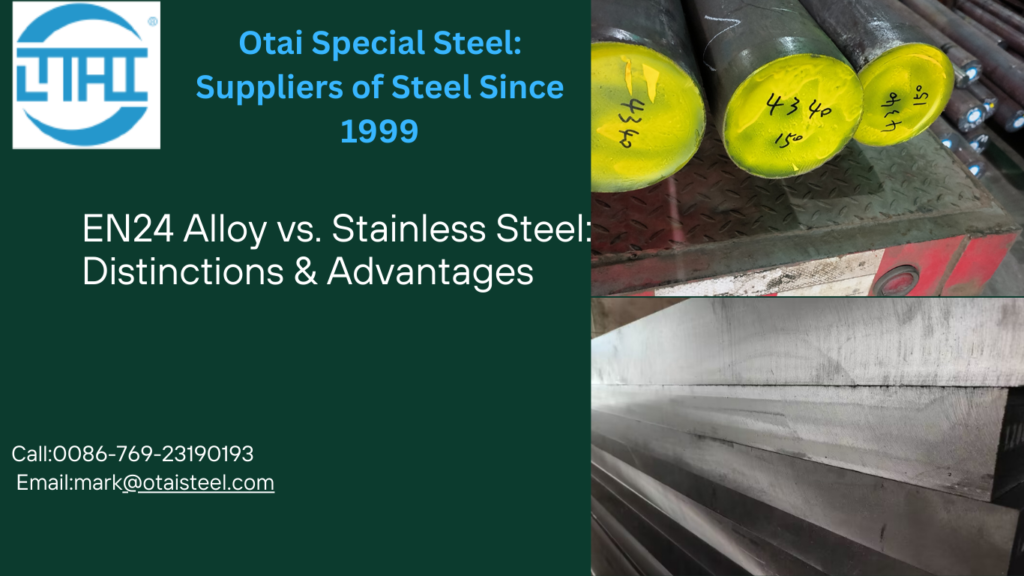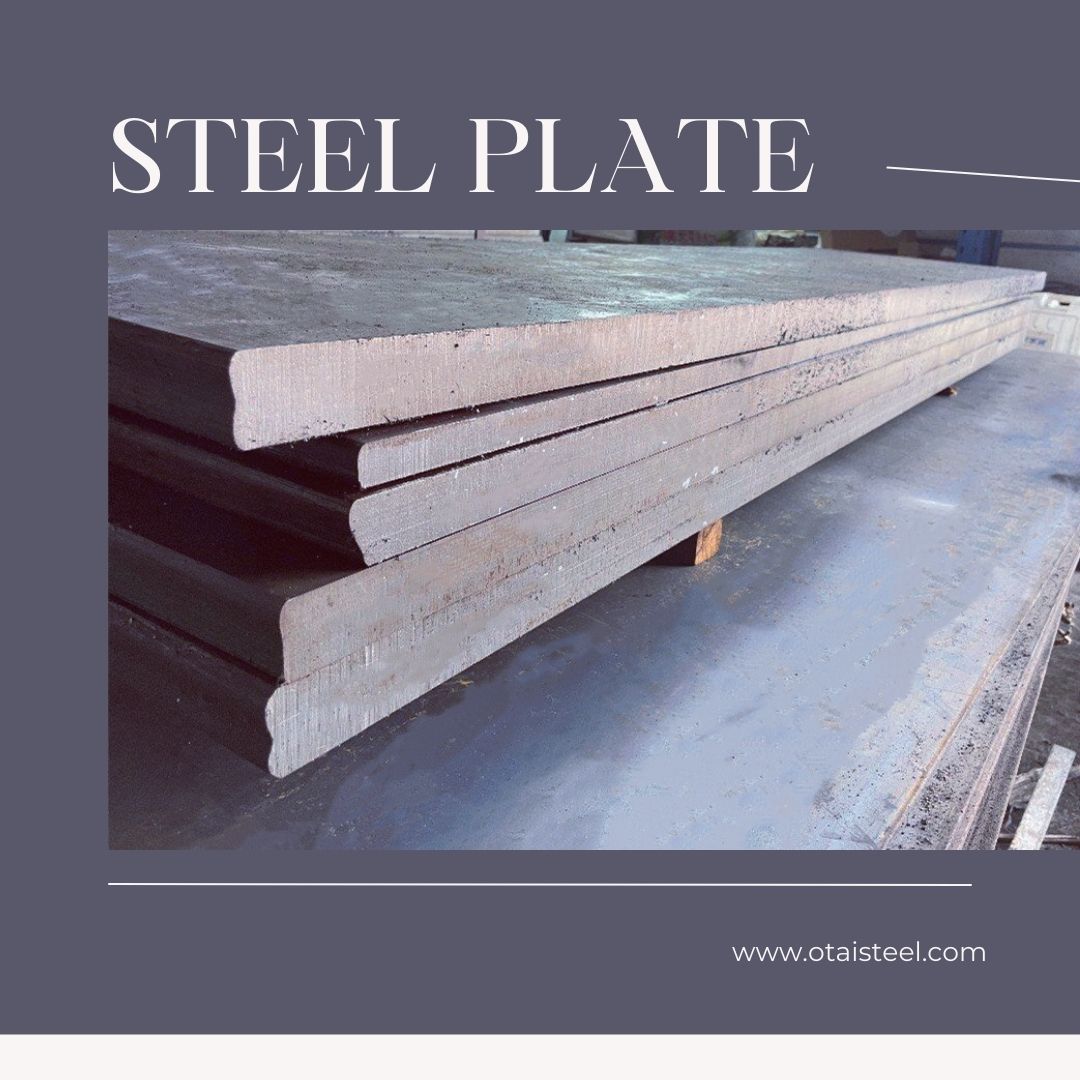18crnimo7-6 equivalent astm-Your Guide to Sourcing
In the world of steel, the quest for the right material can be challenging. If you’re on the lookout for the robust 18CrNiMo7-6 steel but find yourself navigating unfamiliar territory, you’re in the right place. This guide is your roadmap to understanding the standards, chemical composition, applications, sizes, pricing, and sourcing of 18CrNiMo7-6 steel.
Unlocking the Standard: What Sets 18CrNiMo7-6 Apart
Standard Insights
When diving into the realm of 18CrNiMo7-6 steel, understanding the standards is crucial. This steel marvel doesn’t adhere to the ASTM system; instead, it aligns with the European standard EN 10084. Familiarizing yourself with this standard ensures that you’re on the right track when exploring the properties and applications of 18CrNiMo7-6.
Deciphering the Composition: The Alchemy of 18CrNiMo7-6
Chemical Composition
At its core, 18CrNiMo7-6 is an alloy that boasts 18% chromium, nickel-molybdenum, and 7% nickel. This composition isn’t just a random assortment of elements; it’s a carefully crafted blend that gives 18CrNiMo7-6 its exceptional strength, toughness, and resistance to fatigue.
Applications Galore: Where 18CrNiMo7-6 Finds Its Home
Versatile Applications
Now that we’ve uncovered the elements that make 18CrNiMo7-6 unique, let’s explore where it shines. This steel grade finds its home in applications demanding high tensile strength, such as gears and shafts in automotive engineering and critical components in aerospace. Its ability to withstand heavy loads and resist fatigue sets it apart in the steel landscape.
Size Matters: Tailoring 18CrNiMo7-6 to Your Needs
Flexible Sizing Options
One size doesn’t fit all, and the same holds true for 18CrNiMo7-6 steel. Whether you’re in need of bars, plates, or custom shapes, this steel can be tailored to meet your project’s specific requirements. The flexibility in sizing options makes it a go-to choice for projects with unique size specifications.
Counting the Cost: Navigating 18CrNiMo7-6 Pricing
Price Considerations
Budget considerations are always at the forefront of any project. While the pricing of 18CrNiMo7-6 may vary based on factors like quantity, size, and supplier, its superior mechanical properties often make it a cost-effective choice in the long run. Investing in quality can mitigate future maintenance and replacement expenses.
Sourcing Success: Your Path to the Best 18CrNiMo7-6 Supplier
Smart Sourcing Strategies
Now that you’ve acquainted yourself with the essentials of 18CrNiMo7-6, let’s talk about sourcing. Finding the right supplier is key. Look for reputable suppliers with a track record of delivering quality materials. Consider factors like certifications and customer reviews to ensure reliability.
Conclusion: Embracing the Strength of 18crnimo7-6 equivalent astm
In conclusion, 18CrNiMo7-6 stands tall as a formidable steel grade, boasting unmatched strength and versatility. Understanding its standards, composition, applications, sizing options, and pricing is the first step in unlocking its potential for your projects.



